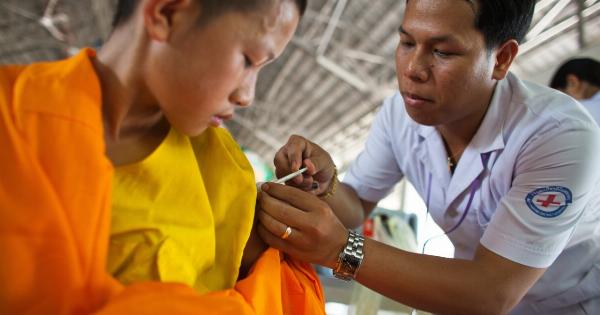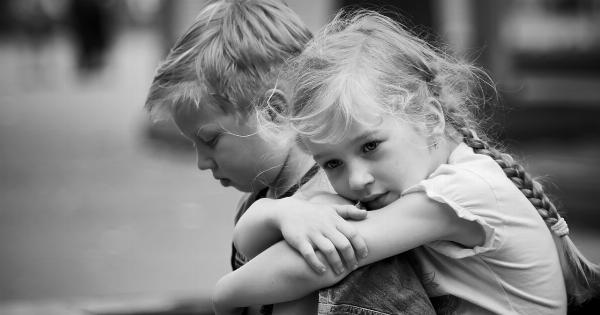Being a protector is a great responsibility that requires a strong sense of duty and unwavering courage. Whether you are protecting a loved one, your community, or your country, it is important to understand the responsibilities that come with the role.
In this article, we will explore what it takes to be a great protector and the responsibilities that come with this noble task.
1. Physical Protection
One of the primary responsibilities of a protector is to physically protect those they are responsible for. This requires being physically fit, skilled in combat, and having good situational awareness.
Protectors must be able to react quickly to a threat and have the ability to neutralize it before it becomes a danger to others. This may require the use of weapons, hand-to-hand combat, or other tactics depending on the situation.
2. Providing Emotional Support
Ensuring the well-being of those you are protecting extends beyond just physical safety. Protectors must also provide emotional support to the people they are responsible for. This means being there to listen and offer guidance, comfort, and reassurance.
The ability to make people feel safe and secure is just as important as the ability to physically protect them.
3. Establishing Boundaries
Protectors must also establish boundaries when necessary. This means defining what is allowed and what is not and strictly enforcing those boundaries.
This is especially important when dealing with potentially dangerous situations or individuals that could harm those you are responsible for.
4. Maintaining a Protective Presence
A protector must always maintain a protective presence, even when there is no immediate threat. This means being vigilant and aware of their surroundings and always ready to take action if needed.
This presence is especially important when in public or unfamiliar areas where threats may be more difficult to identify.
5. Being a Role-Model
Being a protector means setting an example for others to follow. This means displaying a strong sense of integrity, honor, and discipline in all that you do.
You must also be willing to put the needs of others before your own and lead by example in demonstrating that commitment.
6. Continual Training and Improvement
Being a protector requires continual training and improvement. This means staying up-to-date on the latest technology, tactics, and training methods to ensure that you are always prepared to deal with any situation that may arise.
Continuous improvement is also essential to ensure that you are able to adapt to changing circumstances and remain effective in your role.
7. Sense of Responsibility
Being a protector requires a strong sense of responsibility. This means being willing to take ownership of the role you play and the actions you take.
You must be able to take responsibility for both the good and the bad and be willing to learn from your mistakes.
8. Putting Yourself in Harm’s Way
Being a protector means putting yourself in harm’s way when necessary. This means being willing to face danger and make sacrifices to protect those you are responsible for. This requires great courage and a willingness to face your fears head-on.
9. Focusing on the Greater Good
Being a protector requires a focus on the greater good. This means putting the needs of others before your own and working towards a common goal for the betterment of society.
This focus requires a willingness to work together with others and a dedication to making a positive impact on the world.
10. Respect for All Life
Being a protector requires a deep respect for all life. This means valuing the importance and dignity of every human being and animal.
This respect extends to all cultures, races, and religions and requires a commitment to treating everyone with fairness and compassion.
Conclusion
Being a protector is a great responsibility that requires courage, discipline, and a strong sense of duty.
The responsibilities of a protector go beyond just physical protection and require emotional support, establishing boundaries, maintaining a protective presence, and being a role model. Continual training and improvement, a sense of responsibility, being willing to put yourself in harm’s way, focusing on the greater good, and having a deep respect for all life are all essential qualities of a great protector.






























